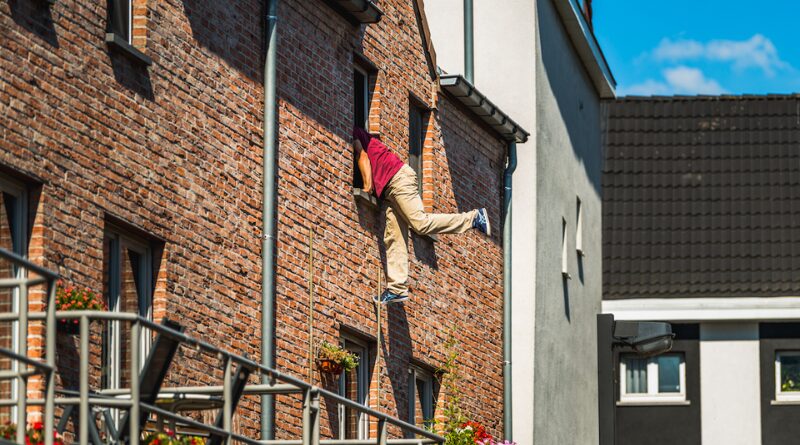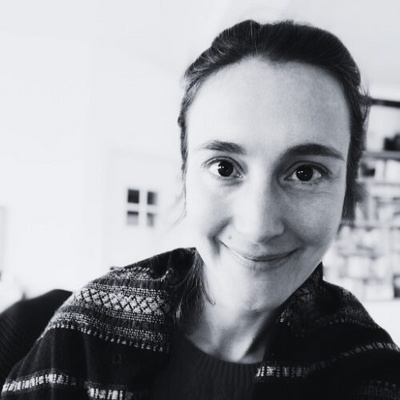The Be Flat Circus Experience: From Big Top to Living Room
This article is part of the “inter-magazine Circus Festival” projects that is a collaboration between the UP – Circus & Performing Arts Festival, the Université Libre de Bruxelles and five international circus magazines, Around About Circus, Malabart, Juggling Magazine, StageLync, and Dynamo Magazines, all part of the INCAm network. Students at Université Libre de Bruxelles share their thoughts on current stage and circus performances. Their diverse backgrounds—ranging from literature, journalism, acting, to cultural studies—bring unique perspectives, whether familiar with the art form or newcomers. They are united by a curiosity for performing arts, which led them to the MA Arts du spectacle program, offering exposure to various art forms, including the circus. As part of the Circus|Studies, an interdisciplinary and international research project led by Dr. Franziska Trapp, theatre students explore circus dramaturgy, collaborate with emerging artists, and engage in performance analysis and critique. Their experiences culminate in MA theses or articles like the following.
Chameleons at My Table. In the early morning, the artists set up the big top around the outskirts of the city, and the family caravans line up not far from the menagerie. After the show, at nightfall, the circus performers dismantle their lives and move on, as swift and resilient as their trapeze or aerial acts. The Ghent-based company Be Flat (Belgium) takes us even further than these traditional circus images with values of mobility, proximity, and intimacy. They move the magic by deliberately blurring the social norms of private and public spheres. With Be Flat, circus families no longer travel from place to place; instead, they cross the thresholds of our interiors and reveal them. Their latest show, Living, offers a variety of immersive experiences at the heart of the social fabric. With Living, the big top is converted into a library, retirement home, antique shop, or private lounge, as is the case with the show we’re discussing here in Molenbeek-Saint-Jean, a Brussels municipality more commonly known as Molenbeek, sadly famous since the 2015 and 2016 attacks. Molenbeek is one of the nineteen bilingual municipalities in the Brussels-Capital Region of Belgium. Its residents are called Molenbeekois, and out of 98,270 inhabitants, 29.1% are of foreign nationality. (1)
Shortly before the matinee performance, a small group of adults waits at the bottom of the building. None hesitated to make the journey to Molenbeek. They are contemporary circus professionals or enthusiasts, programmers, or performing arts students; some recognize each other, and regulars greet each other before climbing the stairs together to the apartment hosting us, a bright penthouse with walls covered in books, engravings, and paintings. Sociologists know that discursive abilities about cultural practices or what we call cultural sociability (2) are not random. As Pierre Bourdieu explains in “La distinction: critique sociale du jugement,” (3) social classes themselves shape and structure their cultural tastes, seeking to distinguish themselves from others and thus reinforcing social inequalities.
The show is about to start, and the extraordinary everydayness of bodies making circus out of any architecture blends with the attributes of a gentrified scenography. On the shelves, like advertisements for multiculturalism, are Belgian writer Hugo Claus and Franco-Brazilian photographer Sebastião Salgado. That day, the circus encompasses, within Molenbeek—perhaps despite itself, from the only protected niche under the eaves that kindly offered to host it—all the signs of dominant culture, and the shared recognition of habitus serves as family values.(4) Locked outside, a juggler watches us through the bay windows, nose pressed against the glass, balanced on the roof. At the request of an older circus performer, we close the apartment blinds, like eyelids before the eyes. Just as clubs can symbolize the transmission when a mother juggles on stage with her child, every gesture here, every laugh between spectators and artists about the inhospitable images they produce in the ring takes on the appearance of an old story; an intergenerational story, like Be Flat’s, too often told and replayed: the exclusion of the marginalized, the repugnance of the stranger.
Later, the wandering continues, and the decor transforms into a vast terrace overlooking the city. The high perspective opens up spaces and makes it possible to feel distanced from the urban. Dreamlike images of the horizon and communion with the sky emerge. Brussels, my beauty, as the song says. In the air, the city’s sound material becomes more opaque, almost silent.(5) However, the perceptive impression of an empty space quickly fills with a piece of omelet on a single fork that an artist invites us to taste. Admittedly, the proposal of participatory immersion at a Spanish inn without dishes tempts the audience little. The hygienist discomfort is quickly thwarted when one of the performers dives into the garden’s jacuzzi.

Somewhere, through its work-in-progress approach based on improvisation in ever-renewed and eclectic environments, Be Flat excels in the vagabondage and bricolage inherent in circus art history. The Belgian company makes honorable use of all resources at its disposal. However, no architecture, no habitat, no place is devoid of its socio-economic and cultural history. All gentrification, beyond material transformation, also involves a strong symbolic dimension of space, and reality must always be considered by artists. Thus, infiltrating the heart of the city cannot be done without taking an ethnological look or questioning one’s artistic work methods and the consistency of the images they produce.
Finally, there is this woman, suspended in the window frame; a body and four limbs like an archetypal image of a spider weaving its web. She rises above the household, and her tenacity keeps her balanced. Her body naturally embraces the architecture of the living room, a living space that no longer seems dependent on social contexts but opens up to a sort of spatial poetry. According to philosopher Gaston Bachelard, “the house is body and soul.” Then, drawn by the magic of the frame, we dream together of a circus that gives birth to living rooms, kitchens, and bedrooms beyond economic inequalities. Original homes, with open windows, unreal, ahistorical forms, before any human constructions or narratives of injustices and struggles. An everyday circus that never loses its magical realism when it decides to pulverize walls or resist sinking. (6) But this circus, the ideal one, when it wishes to do justice to the habitat, must strive to understand from within—all cultures and values that shape it?
Seeking to understand everything that is not me equates to taking an anthropological look at contemporary cultural practices.(7) Thus, the aesthetics of risk dear to the circus is nothing more than a displacement: the displacement of the ethnocentric gaze towards otherness, the displacement of the body towards the space of the Other, even if it means wobbling or falling. Then, the core of the encounter constitutes the performance itself, and the multiculturalism of architectures multiplies the infinite creative possibilities. The circus becomes a hybrid material, and nothing around it suffers from a visibility deficit, and everyone ends up “seeing the spectacular object as both the same and the other.” Seen from this angle, Be Flat’s socio-artistic circus is a magnificent opportunity to enhance the possibilities of differentiated receptions among spectators. And since apartments become cultural establishments, they are conceived as mediation spaces. Molenbeek has recently become a candidate city for the title of European Capital of Culture for 2030. This leaves a few more years for Be Flat’s artists to listen to what living spaces have to tell them and for citizens to welcome and marvel at their talents.
References: (1) In 2023, according to the Brussels Institute of Statistics and Analysis (IBSA) via IBSA Brussels. (2) CHARPENTIER Isabelle, Networks of Sociability, Material and Symbolic Circulation of Cultural Products in Popular Environments, pp. 111-112 in DENIOT Joëlle and PESSIN Alain, The Peoples of Art, Volume 1, Editions L'Harmattan, Social Logics Collection, Paris, 2005. (3) BOURDIEU Pierre, Distinction: A Social Critique of the Judgment of Taste, Editions de Minuit, Paris, 1979. (4)For Pierre Bourdieu, habitus is a set of regulated dispositions that allow an individual to navigate the social world and interpret it in a way that is, on the one hand, unique to them, and on the other hand, common to the members of the social categories to which they belong. Habitus can be, for example, a behavior, a lifestyle, or even tastes. (5) Brussels is a song written in 1974 by the Dutch singer Dirk Annegarn. (6) "I wish you to resist sinking," once said Jacques Brel on the radio. (7) PAVIS Patrice, The Analysis of Performances. Theater, Mime, Dance, and Cinema, 3rd edition, Armand Colin, Paris, 2021, p. 285.
Do you have a story to share? Submit your news story, article or press release.






